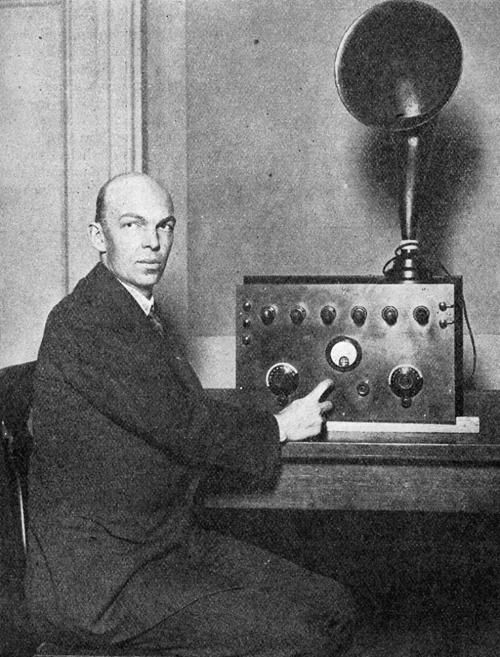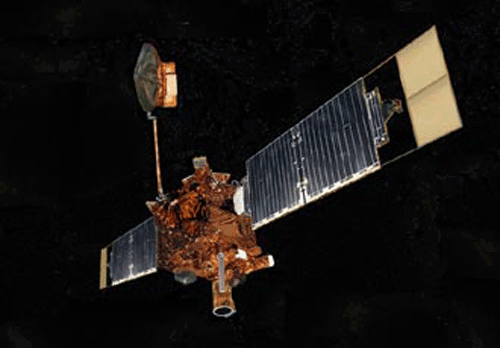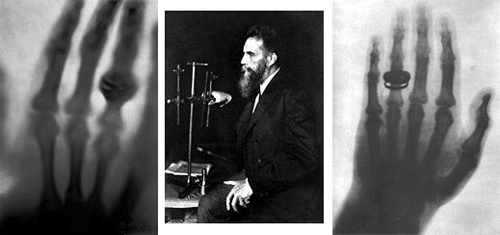November 5 – November 9
BY NICOLETTE EMMINO
Wonder what monumental events happened in the history of technology this week? Take a look.
November 5, 2007. China’s first lunar satellite

Artistic drawing of Chang’e 1.
China’s first lunar satellite, Chang’e 1, which was launched by the China Lunar Exploration Program (CLEP), achieved orbit around the moon, where it remained for 16 months, mapping the surface. This was the first of the Chinese government–approved three-phase robotic lunar exploration programs, expected to wrap up by 2020. By 2017, CLEP hopes to launch Chang’e 5, a heavy launch vehicle capable of collecting samples from the moon’s surface.
November 6, 1935. Engineer Edwin Armstrong gives first demonstration of FM radio station

Armstrong and the radio.
Edwin Armstrong was an electrical engineer and inventor who played a big part in radio history.
In this part of the century, researchers were looking for a way to reduce bandwith signal in order to reduce the noise that was picked up on a radio station. Armstrong was able to prove that using a wideband frequency module could reduce the interference noise.
On November 6, 1935, he presented his paper, “A Method of Reducing Disturbances in Radio Signaling by a System of Frequency Modulation.” The paper was the first description of how FM would work. Armstrong set up a broadcast transmission from his friend’s house, and the radio transmission received at his demonstrated how FM could reduce noise and increase the quality of audio. Armstrong built a trial FM broadcast station, which proved to be a threat to AM radio, but today we use both methods of transmission.
November 7 1996. NASA launches the Mars Global Surveyor

Mars Global Surveyor
The Mars Global Surveyor was the first successful U.S. mission launched to Mars since the Viking mission in 1976. It arrived on Mars 10 months later and since has contributed to significant findings such as signs of persistent water and even active water features. In November 2006, Mars Global Surveyor went silent after 10 years of exploration.
November 8, 1895. Accidental discovery of X-rays

Roentgen and the first X-rays.
German physicist Wilhelm Roentgen accidentally discovered X-rays in his lab while conducting experiments with a Crookes tube, an experimental electrical discharge tube. Roentgen noticed that the beam of fluorescent light that was given off when the high-voltage current was passed through it created green color on a screen a few feet away even though the tube was covered with cardboard.
From that discovery, he realized he had stumbled upon a new ray that could create a shadow of a solid object. The roentgen is a unit of measurement dealt with in the radiology field. Today X-rays are used throughout the medical field and help formulate more accurate diagnoses.
November 9, 1967. Apollo 4 launched from John F. Kennedy Space Center

The Apollo 4 launch.
The Apollo 4 launch was the first from the John F. Kennedy Space Center in Florida. It was the first test flight for the Saturn V, the launch vehicle that would be used to send the first astronauts to the moon. NASA viewed the 9-hour mission a success because it was a step toward landing man on the moon. ■
Advertisement
Learn more about Electronic Products Magazine





